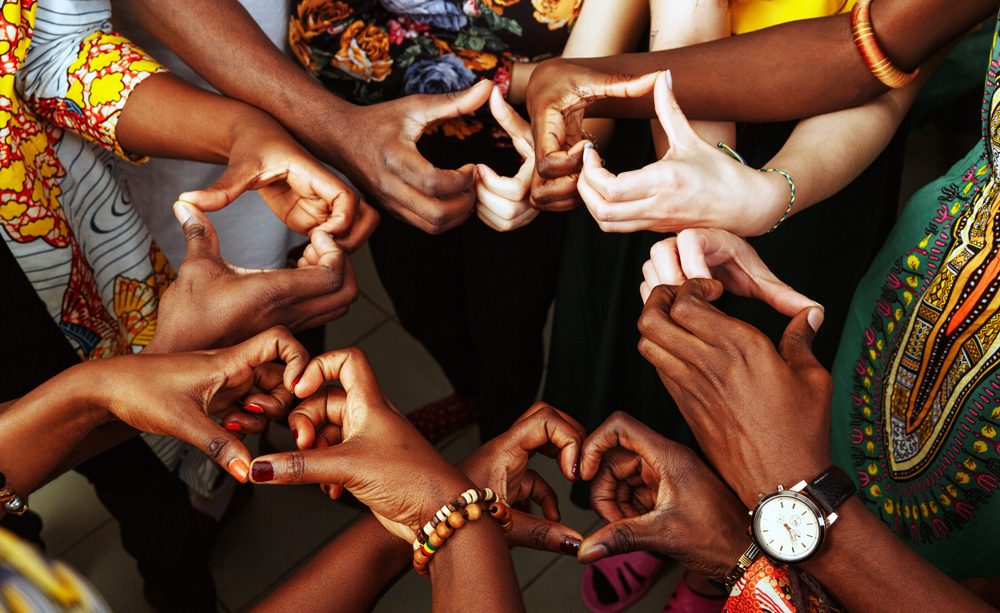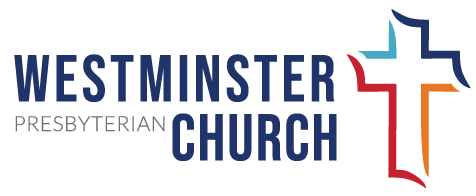
In a recent Westminster discussion, the term Beloved Community emerged. As one who was introduced to the concept in my early college days, I was intrigued. What did folks understand today about the Beloved Community? Indeed, what is a Beloved Community and how would we recognize one? Perhaps even more important, how would one go about forming a community of beloved?
All these were spinning in my head as I decided to take a deeper look.*
As a theologian and ofttimes philosopher, Josiah Royce initiated the concept of Beloved Community in the early 20th century. Royce is also known for founding the Fellowship of Reconciliation. For Royce a Beloved Community was religious in nature, including eternal dimensions allowing persons a place of peace and rest. It allowed one to carry on in the face of loss, buffeted by other members of the community. Indeed, loyalty was essential and became the glue holding the community together. It was foundational to the collectivity among those who participated – the beloved – and was a form of Christian agape. Such love among the beloved became a universal understanding of the community, one that took on ecumenical meaning for all.
However, it was Martin Luther King Jr. who used the term in a 1957 national speech, “Birth of a Nation,” thereby giving it mainstream use. King was a member of the Fellowship of Reconciliation. At that time, Beloved Community referred to everyone who participated, regardless of poverty, hunger, or hate. All were welcome into the Beloved Community. As a form of resistance to hate, violence, and surely many of the “isms” of the time, including of course, racism, the beloved in a community were inclusive as a group. Idealistic? Perhaps, but it also formed a safe spiritual haven. It became a group from which members of the beloved could address and struggle with the critical social issues of the time, regardless of divisions.
Beginning in the mid-1960s, the term took hold as a symbol of the mission of the nonviolent movement: seeking change regarding racial and human rights oppression within some aspects of American society. One of King’s tenets based on the community was that “…all can be great because all can serve (in whatever way he/she can best serve).” Thus, fundamentally the Beloved Community is a small group or collectivity – or truly idealistically, a society – which is based on an understanding of justice for all. In that regard it is the aftermath of the nonviolent movement(s).
King preached and encouraged persons to participate in a Beloved Community, allowing members to address societal issues through principles. Principle one, for instance, noted that being nonviolent is a way of addressing evil in our society. It also pursued the ideal that all persons can be redeemed, a fundamental in Christian faith. However, while it is nonviolent it is robust in spiritual, mental, and emotional dimensions. Likewise, Principle two noted one seeks to win friendships, trust, and understanding. It is a basis of redemption and reconciliation, these latter two for all involved.
Fundamentally, therefore, the Beloved Community, founded on the concepts and teachings of Christ, claimed a peaceful approach to enhancing human rights for all. The aim was for all persons to be treated with respect and love. Easy to do? Being a member of a truly Beloved Community relies on faith, commitment, and courage in the face of daily challenges. It also supports taking a stand, and resisting oppression, albeit nonviolently, to acquire universal justice. However, for Royce, King, or John Lewis, among others, the concept of a Beloved Community was the fulcrum point – the support base – from which they moved in order to create a more just society for all.
– Charlotte McDaniel
- The author is indebted to Walking with the Wind: A Memoir of the Movement, by John Lewis with Michael D’Orso, Harvest Book, NY, 1998, for fuller exploration of the concept, Beloved Community.
